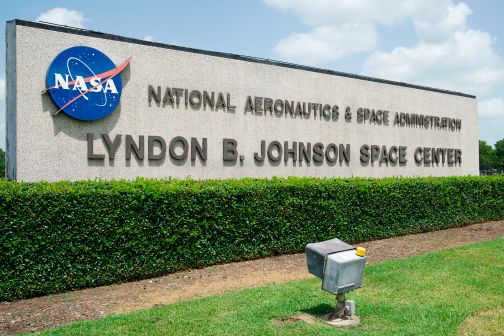Edge computing is critical to NASA’s Mars ambitions

Federal employees are producing and consuming data farther from on-premise, physical networks as the workforce becomes more distributed, and no place is that truer than with NASA astronauts in space.
NASA is working with tech companies like IBM to use edge computing to process data closer to the source, namely the International Space Station (ISS).
Edge computing will help NASA decrease the time it takes to analyze data from space, a capability critical to its Artemis program’s efforts to establish a sustainable presence on the moon en route to Mars.
“Edge computing has eliminated the need to move massive data at the International Space Station from a DNA sequencing project,” said Howard Boville, senior vice president of cloud platform at IBM, during Think Gov 2021, produced by FedScoop on Thursday. “Using containerized, analytic code where the data is being produced on ISS has reduced time to get results.”
NASA’s Johnson Space Center used to sequence the DNA of microbes in air, water and surface samples collected by astronauts to ensure they were safe from bacterial and fungal contamination. While the sequencing itself took hours, it would take days or weeks to receive the Petri dish cultures from space.
“It causes a lot of lag time between when the sample is taken and when we know what was in that sample, the microbes that were there,” said Sarah Wallace, microbiologist at Johnson Space Center.
NASA put a handheld DNA sequencer on ISS in 2016 so astronauts could know right away the microbes in their samples. The sequencer was first used in 2017.
A year later NASA developed a new method allowing astronauts to swab any surface for sequencing, eliminating the need for them to culture the organisms prior to testing — thereby protecting them from unnecessary exposure.
The problem remained that ISS’s DNA sequencer generated a lot of data that still needed to be transferred back down to Earth.
“That really is not acceptable as we look toward the moon and Mars,” Wallace said. “So we really need a quicker way.”
Edge computing represents a “paradigm shift,” the infrastructure allowing near real-time analysis, she added.
Live sequencing and analysis is expected “sometime soon,” the next step for Wallace’s team, she said. And one that will pave the way for edge computing’s use addressing other challenges NASA faces as it eyes Mars.






